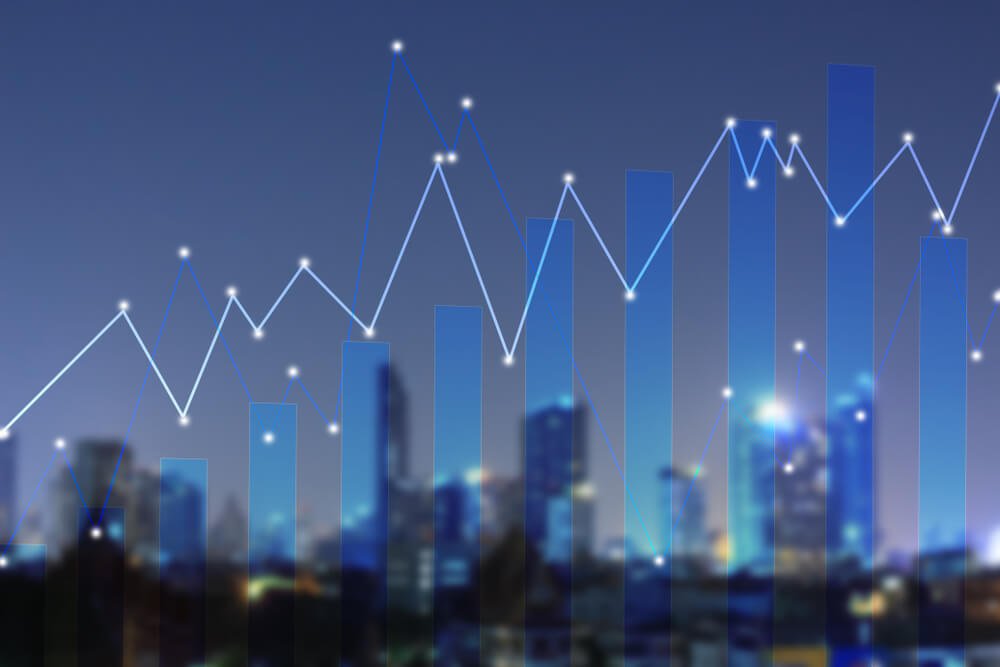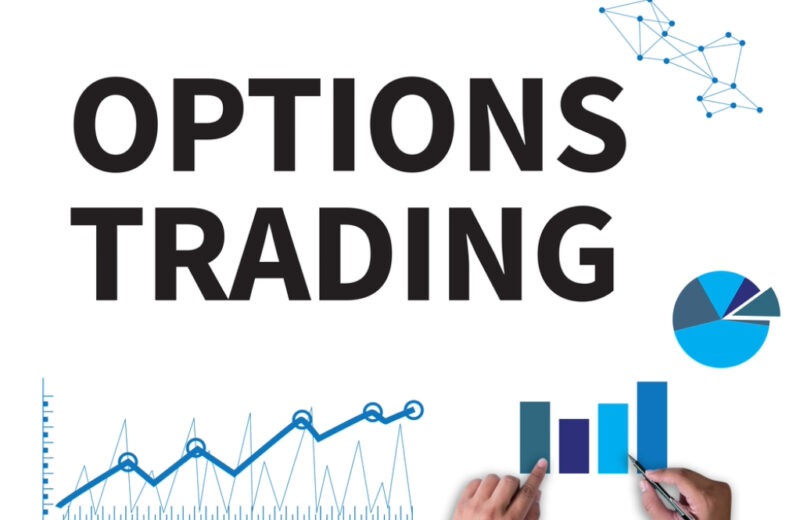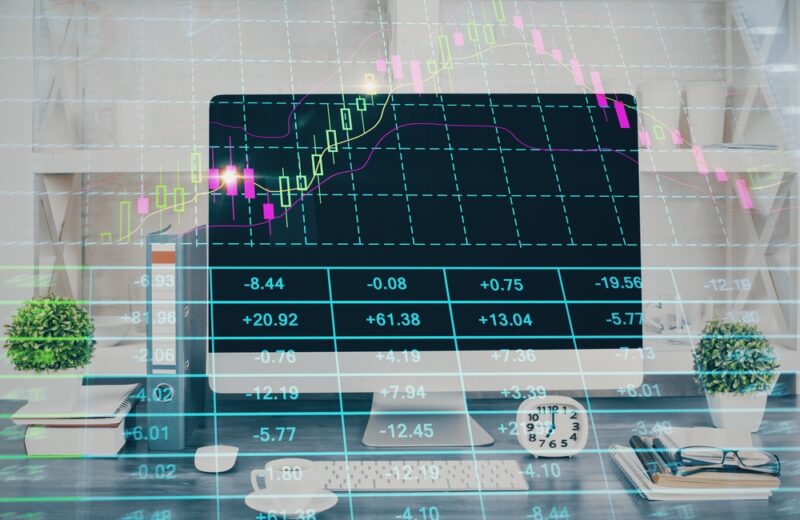Forex is a global marketplace, with buyers and sellers from all around the world participating in billions of dollars of trades every day.
As forex covers the globe, it is important to know which factors influence it.
Whether a trader or not, you will be influenced by some external source. We make decisions to make our lives easier. However, some decisions tend to be more irrational.
What is the market? It is a group of people willing to buy and sell different assets. So the market will act correspondingly with people. If people are worried, the market also gets worried. The rise or drop of the market depends on how much influence the story has on the general public.
A Country’s Economy
The primary driving force behind the forex market is the economy, of course. It has an overarching influence, driving not only the forex market but other financial markets as well. The health of the economy has much to do with how that country’s currency will perform.
Moreover, the economy has its own influences as well. You probably heard of the GDP, inflation targets, and benchmark interest rates. These things shape the country’s economy.
Depending on those factors, a country’s central bank will decide on policies that will further affect its currency.
When the US Federal Reserve sees the economy is weakening, it typically ponders on cutting interest rates. And when they cut rates, the US dollar usually weakens.
Neighbors

But the country’s economy is not the only factor to consider. It’s an interconnected world, and the economies of other countries also affect the market. So, another key factor is the balance of trade levels between nations.
When a country, for instance, Mexico, wants to buy more maple syrup from Canada, they have to convert the Mexican peso to the Canadian dollar. Therefore, there’s more demand for the loonie. This high demand usually translates to an appreciation in the currency. As a result, the loonie strengthens.
On the other hand, when the country has more imports than exports, a trade deficit occurs. And if the country has a large trade deficit, people sell their currency to buy another currency. Such a phenomenon has harmful impacts on countries’ currencies in the past.
Political Climate
Of course, you also have to interact with your neighbors.
The political climate between the two countries can have a direct and indirect impact on the forex markets. Politics shape how the government runs the country and economy. For example, look at the British pound. You will see it plummeted and fluctuated along with the various developments in the Brexit saga.
Furthermore, the Euro also weakened against the dollar as various geopolitical conflicts arose in the period. The point is: the forex market is not only about money. It is also about what is happening to the country itself, its neighbors, and the world.
The forex market is ultimately driven by economic factors influencing the strength and value of a country’s currency. The economic outlook for a country is the most important determinant of its currency’s value, so knowing which factors to observe will help you keep up in the competitive world of forex.
Market sentiment
Market sentiment refers to the overall mood or attitude of investors and traders towards a particular market or asset. It reflects the collective emotions and perceptions of market participants about the current and future state of the market. Positive sentiment can drive up prices as investors become optimistic and bullish, while negative sentiment can lead to selling pressure and downward price movements. Market sentiment can be influenced by a range of factors, including economic data, geopolitical events, and news and media coverage. It is an important factor to consider when making investment decisions, as it can provide insights into market behavior and potential trends.
















